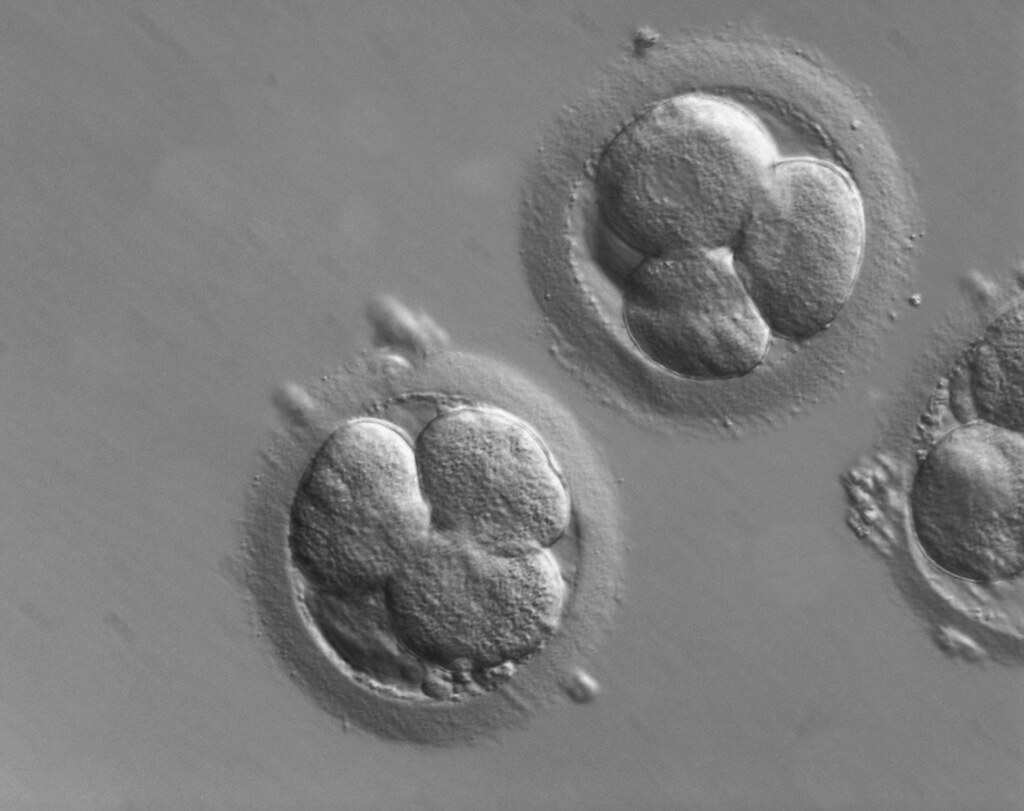UK fertility watchdog considers laws for gene editing and lab-grown eggs
By Hannah Devlin,
The Guardian
| 08. 26. 2022
Human genome editing and lab-grown eggs that could theoretically allow same-sex couples to have biological children are among the anticipated scientific advances being discussed by the fertility watchdog to “future-proof” any prospective laws.
As it pushes for the biggest overhaul of fertility laws in 30 years, the Human Fertilisation and Embryology Authority (HFEA) is planning for a range of new reproductive treatments that scientists say could be just a few years away, according to a leading scientist advising the HFEA on its proposals.
The HFEA believes the 1990 act that governs the fertility sector needs updating and has previously said it will seek greater powers to fine clinics and changes to rules on donor anonymity, in recommendations that it will put to the government later this year. Now, a leading scientist who is advising the HFEA on its proposals says the regulator is also discussing whether to recommend changes that could pave the way for the use of lab-grown eggs and sperm, and human genome editing, if these techniques are shown to be sufficiently safe and medically justified...
Related Articles
By Courtney Withers and Daryna Zadvirna, ABC News | 12.03.2025
Same-sex couples, single people, transgender and intersex West Australians will be able to access assisted reproductive technology (ART) and surrogacy, almost a decade after reforms were first promised.
The landmark legislation, which removes the requirement for people to demonstrate medical...
By Rachel Hall, The Guardian | 11.20.2025
Couples are needlessly going through IVF because male infertility is under-researched, with the NHS too often failing to diagnose treatable causes, leading experts have said.
Poor understanding among GPs and a lack of specialists and NHS testing means male infertility...
By Grace Won, KQED [with CGS' Katie Hasson] | 12.02.2025
In the U.S., it’s illegal to edit genes in human embryos with the intention of creating a genetically engineered baby. But according to the Wall Street Journal, Bay Area startups are focused on just that. It wouldn’t be the first...
Several recent Biopolitical Times posts (1, 2, 3, 4) have called attention to the alarmingly rapid commercialization of “designer baby” technologies: polygenic embryo screening (especially its use to purportedly screen for traits like intelligence), in vitro gametogenesis (lab-made eggs and sperm), and heritable genome editing (also termed embryo editing or reproductive gene editing). Those three, together with artificial wombs, have been dubbed the “Gattaca stack” by Brian Armstrong, CEO of the cryptocurrency company...




